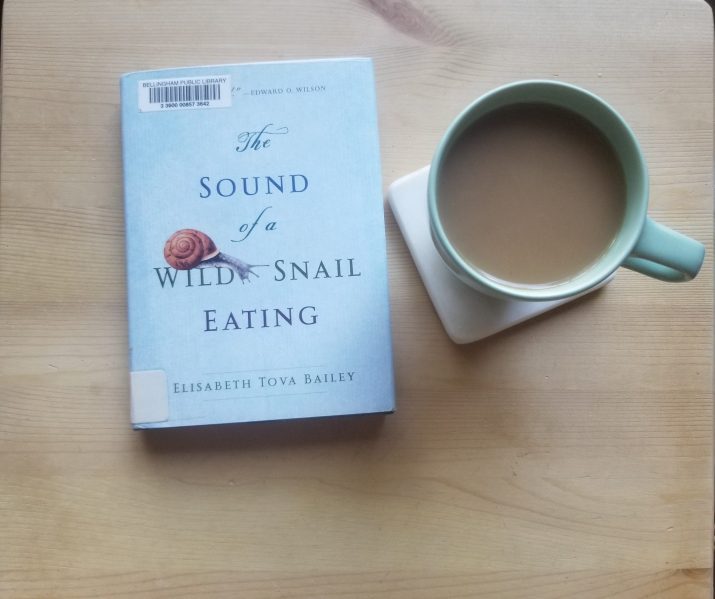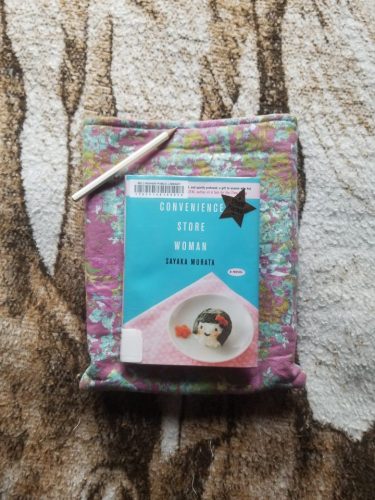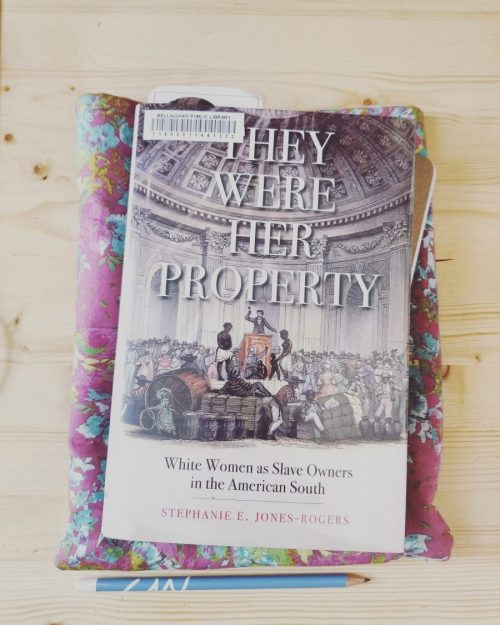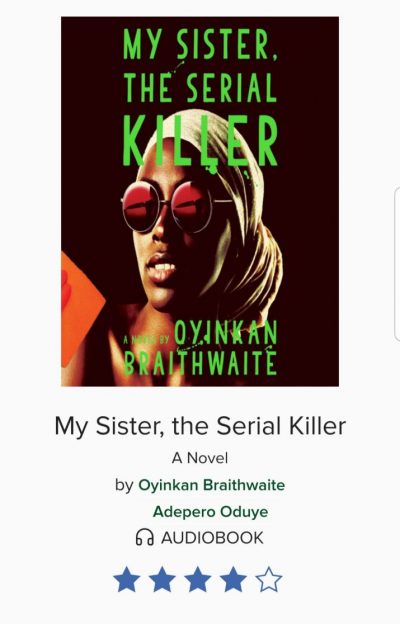Convenience Story Woman by Sayaka Murata, translated by Ginny Tapley Takemori was a facinating little…

The Sound of a Wild Snail Eating by Elizabeth Tova Bailey
I read The Sound of a Wild Snail Eating by Elizabeth Tova Bailey for The Reading Women Podcast Reading Challenge 2020, prompt sixteen: featuring a woman with a disability.
The book follows Bailey as she falls ill and navigates the madness of dealing with diagnose and treatment and its life-altering side-effects. In the process she is gifted a brown acorn-sized wild snail by a friend. Thus start the months of snail study that results in her becoming an audodidactic malacologist while checking out books about snails, observing and identifying her snail, feeding it mushrooms and more, and in early days watching the snail return each morning at breakfast to it’s starter home in a pot planted with a wild violet (15).
It was (and is) no small thing to be gifted a companion while in the midst of a health crisis. We humans have needs, the most basic which is to survive. And “[s]urvival often depends on a specific focus: a relationship, a belief, or a hope balanced on the edge of possibility. Or something more ephemeral: the way the sun passes through the hard, seemingly impenetrable glass of a window and warms the blanket, or how the wind, invisible for its wake, is so loud one can hear in through the insulated walls of a house”(15). Bailey’s woodland snail was the perfect gift.
We learn along with her that snails are in the phyllum Mollusca (mollusks), and they are further classified as gastropods (or stomach-foot). Her snail has around 2640 teeth and is a cold-blooded poikilotherm that cannot hear. The little traveler “has memory; it can learn new smells and tastes and retain the knowledge for weeks or months, adapting its behavior accordingly” (95). Its choosy about its environment and if its displeased “with the weather will go dormant. Its heart rate slows to just a few beats per minute, and its oxygen intake diminishes to one-fiftieth of its active use” (103). As it turns out snails are fascinating little creatures that even tend their eggs!
Along with our science lessons, Bailey shows us the life of a recently ill person. Her friends who keep her abreast of life beyond her room slowly stop giving “up weekend time to make the long drive to visit” (83). It’s hard but understandable that people get back to their usual lives. And because of this and her symptoms that keep her bedridden her world became much smaller: “There were many days when I saw a caregiver for just a half hour at mealtimes, and I was becoming more and more cut off from the world” (83). She is a frank observer of her own life and that of friends around her, now on divergent paths. “As the months drifted by, it was hard to remember why the endless details of a healthy life and a good job had seems so critical. It was odd to see my friends overwhelmed by their busy lives, when they could do all the things I could not, without a second thought”(11). And her rendering of the human experience of loss of ability was so eloquent that for a moment I forgot that this all happened to her and that she was not just a meticulous observer.
When the body is rendered useless, the mind still runs like a bloodhound along well-worn trails of neurons, tracking the echoing questions: the confused family of whys, whats, and whens and their impossibly distant kin how. The search is exhaustive; the answers, elusive. Sometimes my mind went blank and listless; at other times it was flooded with storms of thought, unspeakable sadness, and intolerable loss (5).
I really enjoyed this book. I love science writing and this book did that well. And I thought she wrote about illness with a pleasant frankness that was devoid of self-pity. But I did have complicated feelings about it, not because it was shocking to read. It was not. You see, I am married to a chronically ill person, though one who these days looks nearly normal. So normal in fact that I forget all the boundaries we set up years ago, all the choices we made to give him, to give us, an enjoyable life that from the outside happens to look normal.
While reading, my emotions swung from what I can only describe as flashbacks, dissociation, commiseration, and disappointment. Why read / keep reading this book if it hit hard and left me so jangled? Part of it was because between the conflicting emotions I really enjoyed reading about snails; I love animals and science so in that respect it was perfect for me. And part of it was because it was a safe way for me to make some more progress on my own healing, because I too have wished that “humans with illnesses could simply go dormant while the scientific world went about its snail-paced research, and wake only when new safe medical treatments were available” (109). But humans aren’t snails and can’t slow their own metabolism to wait for a more advantageous time to be ill. And that must be grieved.



Comments (0)